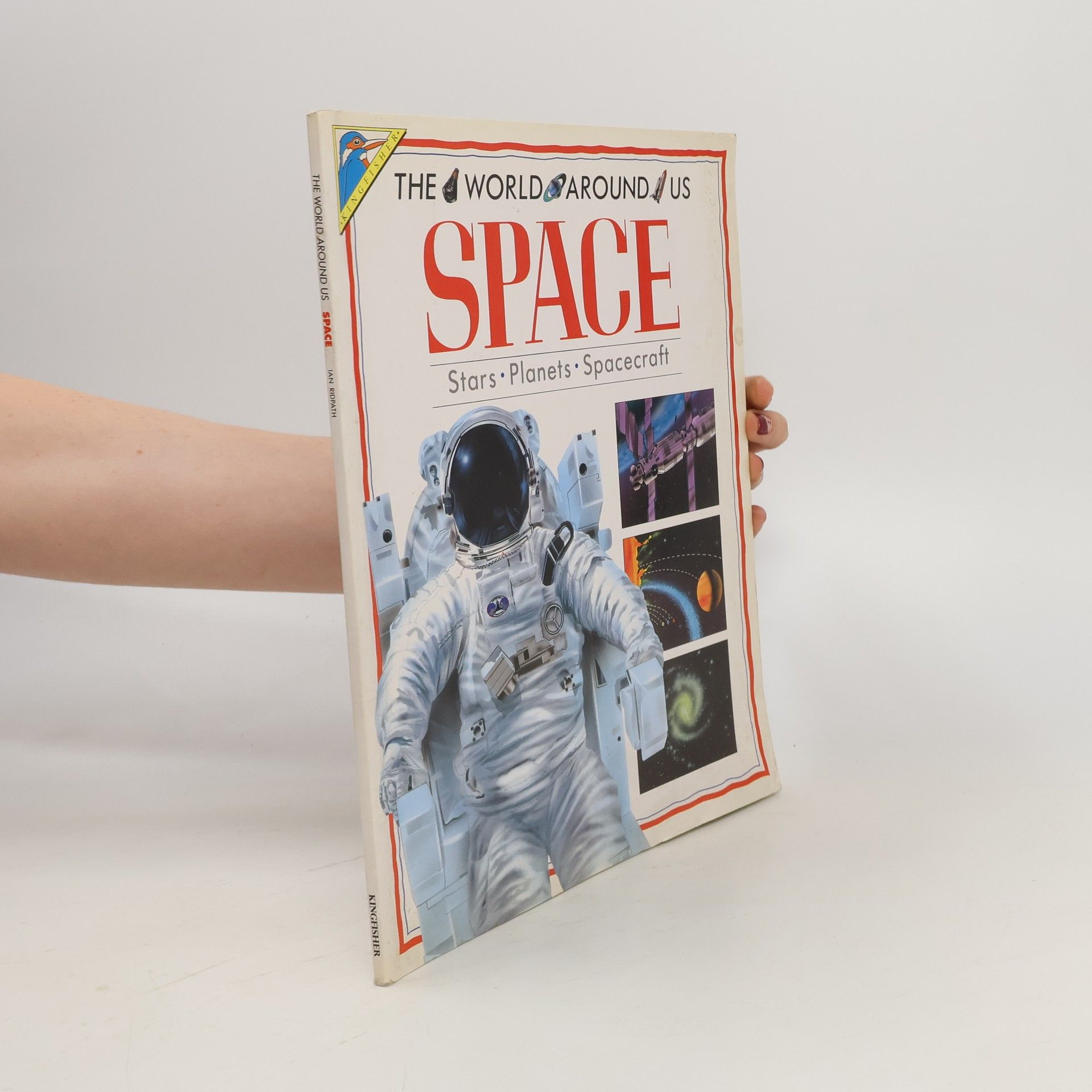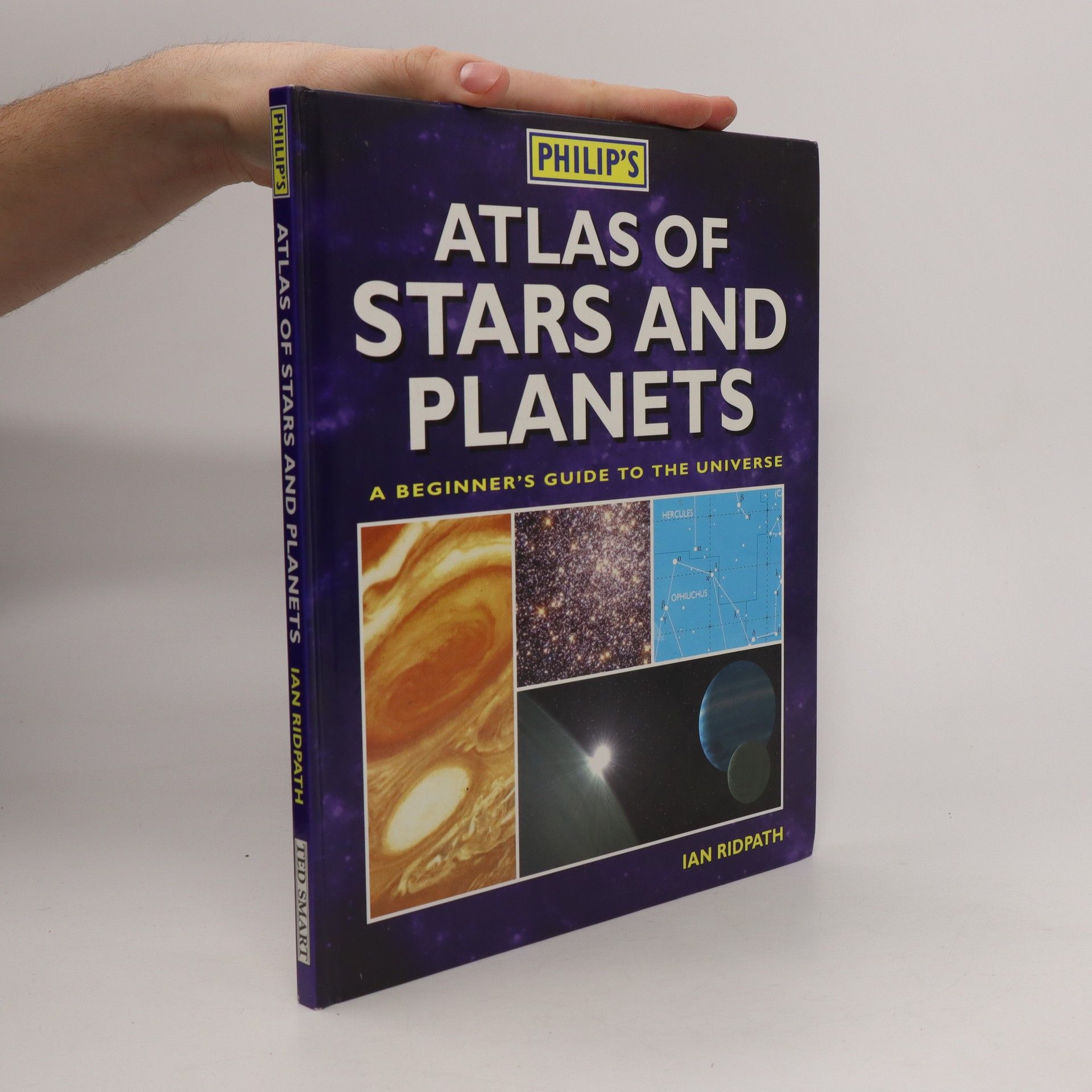Hvězdy a planety
- 224 stránek
- 8 hodin čtení
Fundovaný text, názorné mapy a systematický výklad provádí čtenáře hvězdnou oblohou. Podrobná příručka je určená jak začátečníkům, tak astronomům. Ve spolupráci s Královskou hvězdárnou v Greenwichi byly pro tuto knihu zhotoveny jedinečné přehledné mapy oblohy, které lze použít téměř kdekoliv na světě k vyhledání souhvězdí, hvězd i hvězdných objektů. Zajímavosti noční oblohy jsou zachyceny po jednotlivých měsících. Publikace přináší detailní informace o všech 88 souhvězdích s jejich nejzajímavějšími objekty včetně jasných hvězd, hvězdokup, mlhovin a galaxií. Výstižný, srozumitelný text popisuje detailně každý objekt, který lze na obloze pozorovat - jasné hvězdy, hvězdokupy, mlhoviny či galaxie. Podrobný rejstřík a slovníček užitečných odborných termínů slouží k rychlé a přesné orientaci. Přeložil Jaroslav Soumar.









